Could a bacterial toxin make it possible to edit mitochondrial genes?
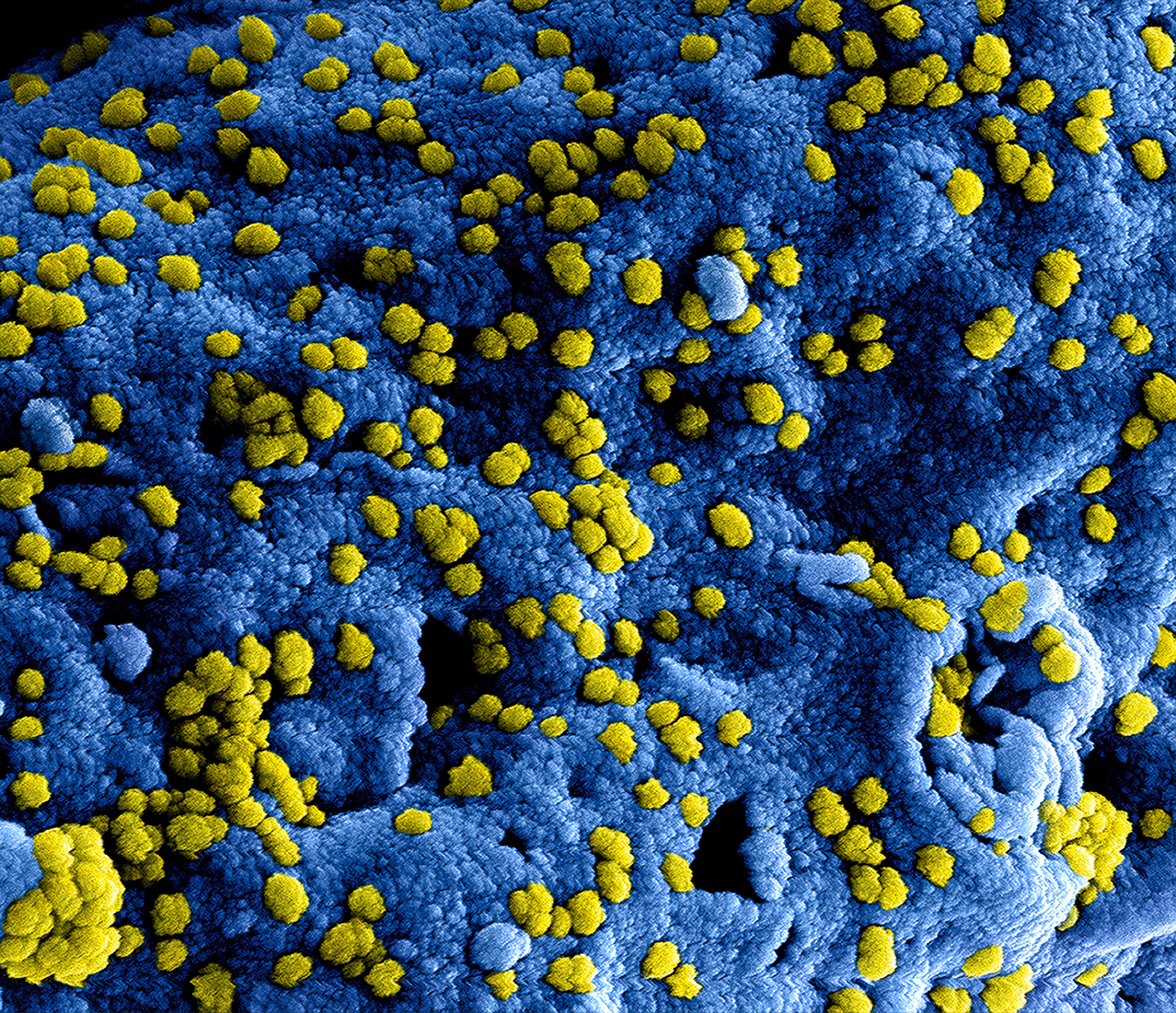
Bacterial weaponry has an unexpected use in human cells, a protein secreted by bacteria to kill other microbes has been reengineered to modify DNA inaccessible to other gene editors, scientists report. The breakthrough leads the way for mutations in mitochondria to one day be corrected, those energy-producing organelles are inherited from a mother and have their own DNA, distinct from genetic information, from both parents, which is stored in the nucleus of a cell.
Mutations in mitochondrial DNA cause more than 150 different syndromes and affect 1,000 to 4,000 children born in the United States each year, there are no cures for these diseases, and currently, the only way to prevent a child from inheriting dysfunctional mitochondria is a controversial three parent baby method This in vitro fertilization technique requires mitochondria from a donor egg, as well as genetic information from a mother and father.
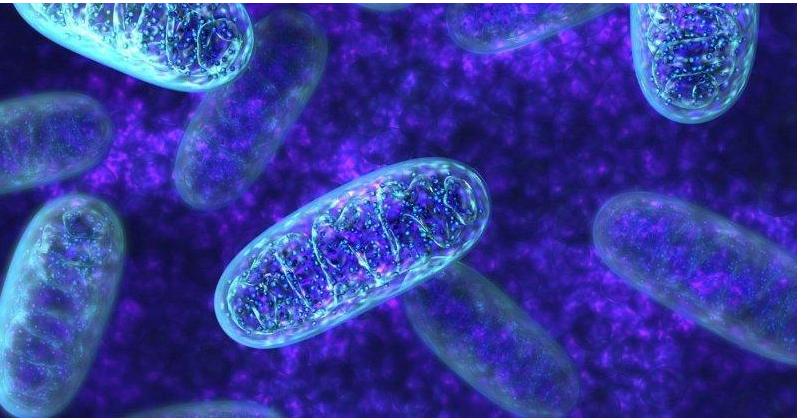
The toxin secreted by the bacterium Burkholderia cenocepacia unexpectedly turned out to be the solution needed to create a mitochondria-compatible base editor, microbiologists deduced that the toxin killed bacteria by causing disruptive mutations in DNA. But for months, they were unable to unravel how the process worked at the molecular level. They were about to give up on the project when a single overnight experiment made it all come together.
They suspected that the toxin protein bound to DNA and modified one letter in the DNA, cytosine (C), to resemble a different letter, thymine (T). These intentional typos in the DNA were what brought down the victims of the toxin. But what they learned from that overnight experiment was that, unlike all other cytosine-converting proteins, the toxin made changes to double-stranded DNA instead of single-stranded DNA.
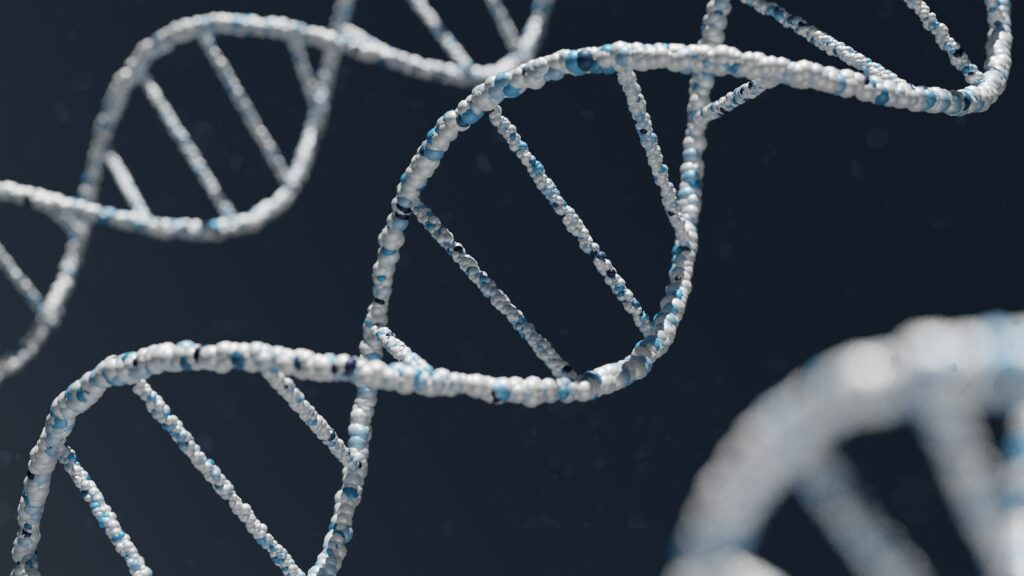
This seems like a minor difference, but it has important implications; until now, base editors have used proteins such as Cas9 to separate the target DNA into individual strands before making a change, but the pieces of RNA required for the function of these proteins cannot enter the mitochondria. A base editor based on the B. cenocepacia toxin, which works on double-stranded DNA, would no longer need to rely on Cas9.
However, the new cytokine-converting enzyme was just as lethal to mammalian cells as it was to bacterial prey. The first step in taming the beast was to modify the toxin so that it would not indiscriminately mess up double-stranded DNA, the researchers split the protein into nontoxic halves; the two pieces changed cytosine to thymine only when they met at the same DNA point.
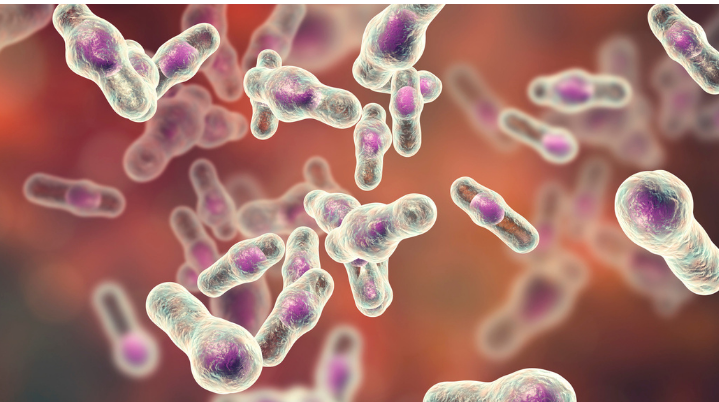
Future work will aim to improve efficiency, develop new types of mitochondrial editors that can produce other DNA base changes, and see if mitochondrial gene editing works in animals.
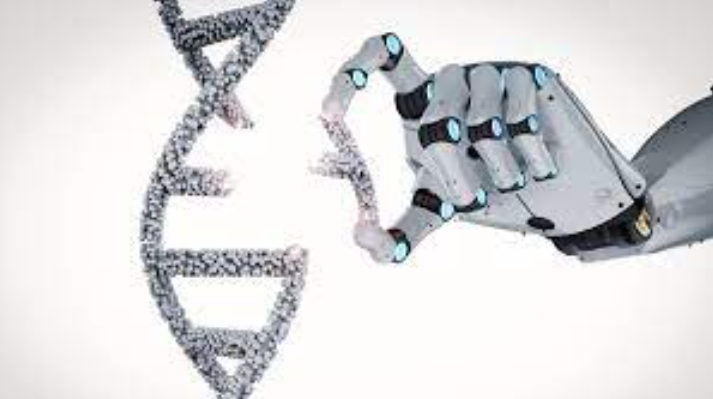
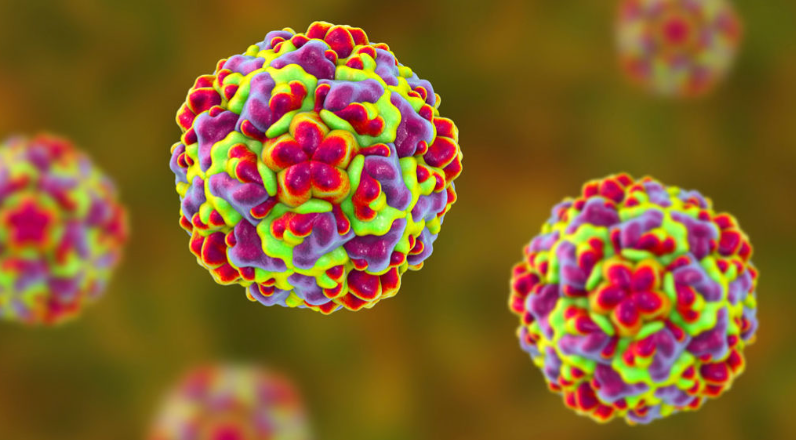
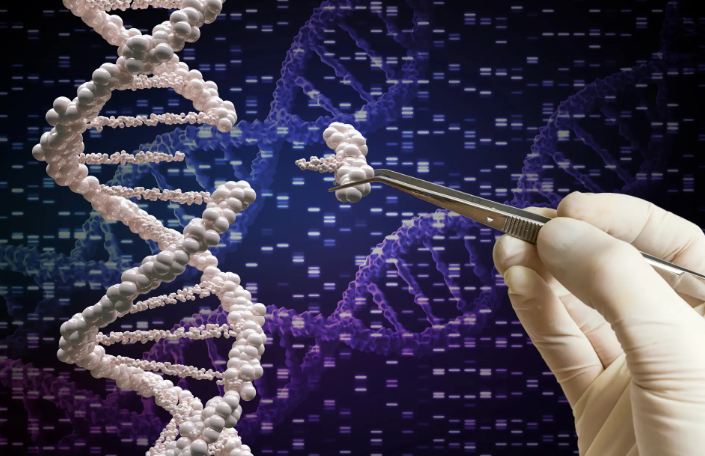
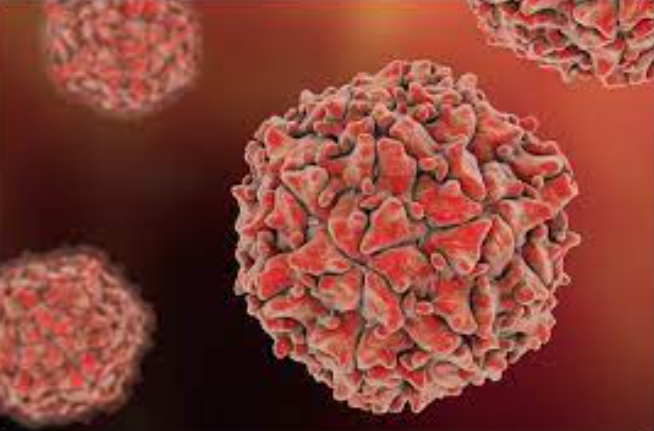

Responses